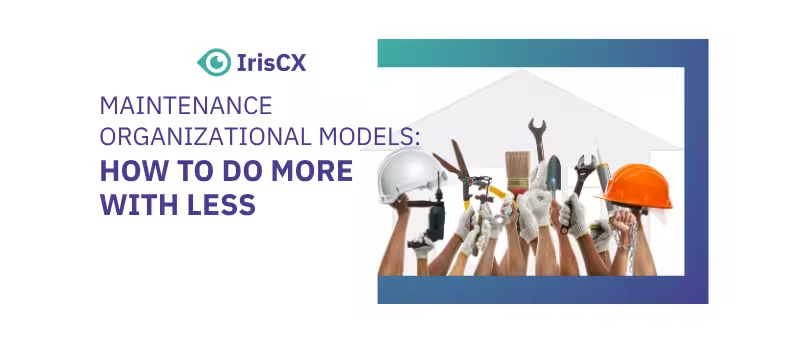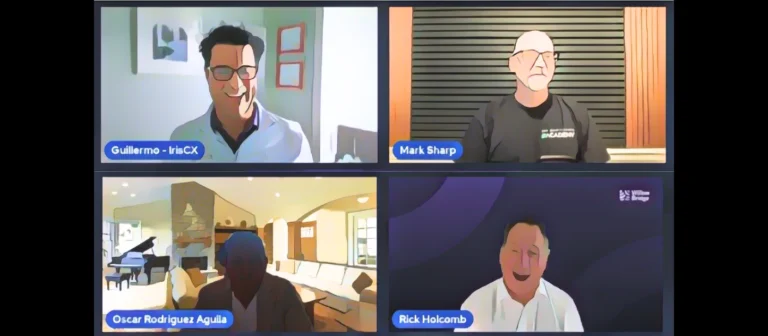October 29, 2025
To win on brand, service, and culture, we must own operations—through training, leadership, and showing up for the people doing the work.
October 27, 2025
Greg showed that real wins come from collaboration—owners, vendors, residents—built on partnerships, standards, and shared stories. The future is “Hell Yes” together.
October 20, 2025
Jake highlighted research showing friction in residents’ first 90 days—broken appliances, missed cleanings—reduces renewals. Sloppy turns risk early move-outs.
Our mission is to simplify the homeowners & home builders customer experience. Let Iris do the work.
Sign up for Our Newsletter
Stay ahead in the fast-evolving world of homebuilding! Sign up for our newsletter and be the first to get the latest industry news, groundbreaking technology updates, and insights into the future of home construction. Don’t miss out on exclusive content, expert opinions, and strategies to innovate your projects. Join a community of forward-thinkers shaping the homes of tomorrow. Subscribe now and transform the way you build!



